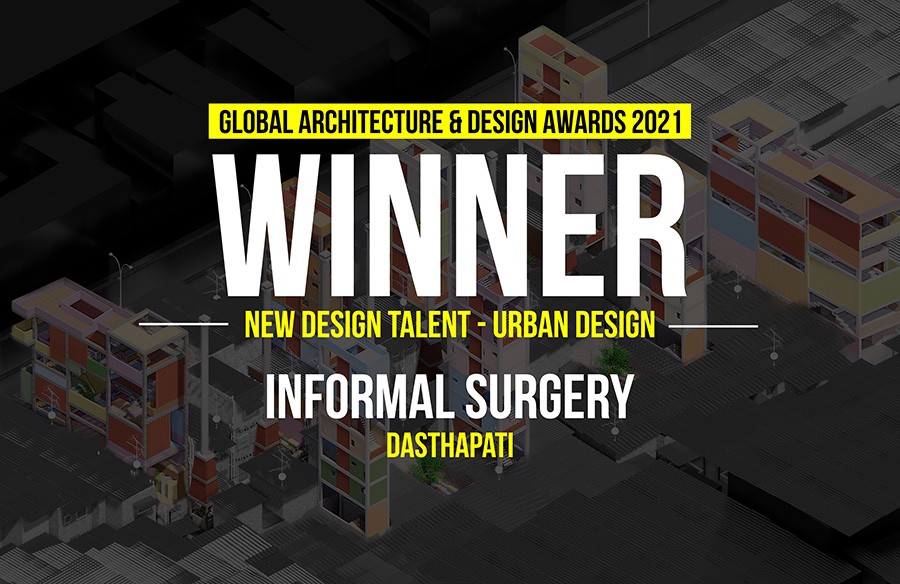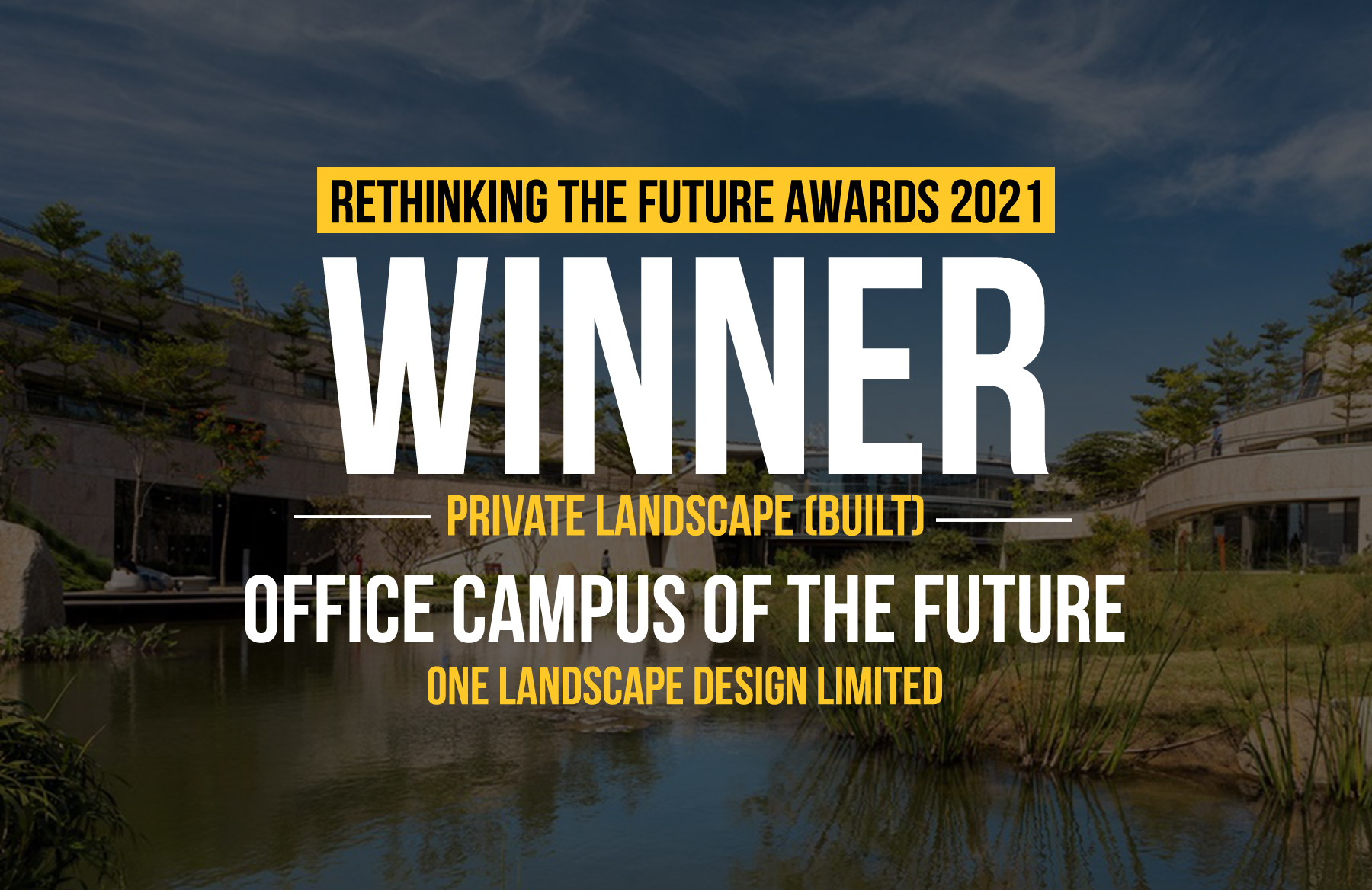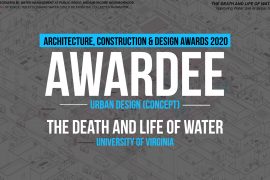Third Award | Transport Terminal
Project Info
Participant Name: Deep Shah
University: Gujrat University
Country : India
Details
Redevelopment Of Dadar Railway Station, Mumbai, India
Urban design is the broad over-arching practice that builds communities and creates great places. Respecting the environment, promoting economic development, and social equity, all while creating distinct, attractive places of lasting value are key components of good urban design. Urban design addresses built form, how stations are integrated into corridor communities in terms of the transit facility design, and the supporting surrounding land uses.
Stations are a dominant feature of the landscape and contribute a whole lot more to the city not just as a civic entity but as a destination. The station has a civic role as a landmark to the community it serves. Reflecting a quality of permanence and place, the real essence of its purpose is that of motion and escape to other places. It provides certain legibility to the area it lies in and gives an orientation to the people and defines the movement of people within the city.
Cities today, face critical challenges connected to population growth, urbanization, and climate change. Railway stations and their surroundings are undergoing a renaissance for some years now. A public transport system that engages and communicates with its users through inclusion, inspiration, beauty and creativity has the potential to positively impact on people’s mental health and wellbeing. As train stations are a central feature in many communities, they hold the potential to impact personal and collective wellbeing by providing equitable access to public transport services and a space for social interaction, community information exchange, activity and expression.
My project seeks to create high quality public amenity and celebrate the architectural and urban qualities of the city with a distinguished and innovative design that enlivens the urban realm.
The design process is an amalgamation of multiplicity of concepts as the project merges in at an urban scale at various levels. The concepts are drawn from many of urban fabric’s aspects – Location, proximity, linear nature, synchronicity, simultaneity, convergence, metamorphosis, multiplicity, density in the public realm, interconnectedness, transition and place making.
The design tends to focus on solving two spatial issues, ‘barrier effect‘ and ‘ functional mix layout‘ as these issues seems to be quite relevant for the success of the station buildings and its surroundings.
The architectural design concept for Dadar railway Station, presents a unique opportunity to be re-invigorating in an organized way and improving the character of the spaces in the realm which is as connected as an integrated and alive component of the urban CBD. Through this approach the infrastructure itself becomes an architectural element of space and meaning.
The architectural language thus achieved is a critical response to the problem, providing a very unique solution with beauty, form, symmetry and openness creating a landmark which will completely transform the whole station precinct enhancing the experience to a very new level and hence, recreating an essential part of a city’s fabric strengthening the overall functioning and restoring the true spirit of place.





